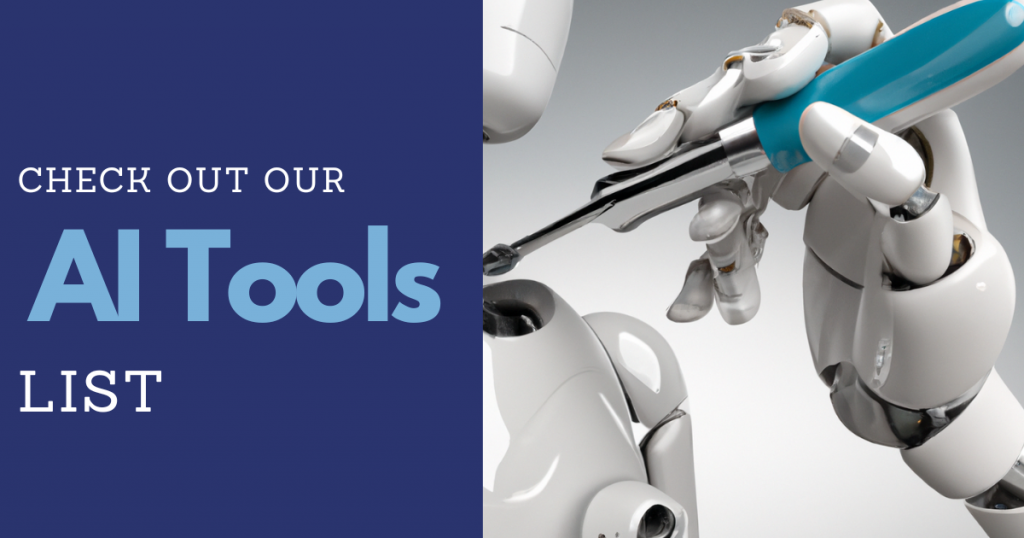Farmers around the world spend around $5 Billion per year on antibiotics for their animals. Most farmers currently use a blanket approach, medicating all animals, before they get sick.
Monitoring the health and wellbeing of thousands of animals is very time consuming, and susceptible to human error, meaning it’s incredibly difficult to identify when an animal gets sick.
Artificial intelligence models are being trained to recognise the signs that an animal is sick. Through behaviours, eating, drinking and sleeping patterns, they can help farmers isolate and treat the sick animals, away from the herd.
Antibiotic Resistance
The overuse of antibiotics can lead to antibiotic resistance, otherwise known as antimicrobial resistance (AMR). The World Health Organization recognises AMR as one of the greatest threats to human and animal health in the world today.
When an animal develops AMR, vital antibiotics become significantly less effective at treating serious, life threatening injuries. It’s therefore important to try reduce the unnecessary use of antibiotics as much as possible.
There is international pressure on governments, medical professionals and drug companies to reduce the use of antibiotics. Despite the campaigns, pharmaceutical companies continue to lobby against stricter regulation of antimicrobials, which have a wide range of uses.
A systematic review published in The Lancet Planetary Health found that interventions that restrict antibiotic use in food-producing animals reduced antibiotic-resistant bacteria in these animals by up to 39%.
The Cost of Reducing Antibiotic Use Without AI
A study published in the National Library of Medicine modelled a herd of 1000 cows with an average level of disease prevalence. They found the average net cost of not using antibiotics on the animals was $61 greater, per cow, per year.
It’s clear to see why farmers choose the blanket approach, medicating animals as a preventative measure. But the risks, and costs could be reduced using Artificial Intelligence.
How can AI help reduce antibiotic use?
There are a number of academic institutions around the world geared toward tackling the problem. In the UK, first stage studies are showing promise, from University’s like Bristol, Newcastle and the UK Research and Innovation (UKRI).
Using artificial intelligence methods combined with behavioural analytics, it’s now possible to accurately identify which animals need treatment, and when they need it.
The key is early detection of disease, enabling prompt intervention to tackle illness before it becomes more severe or spreads to other animals. Sometimes, subtle changes in behaviour can be the first sign that something is wrong, making it incredibly difficult for humans to do, even when assisted by video surveillance systems.
By only treating animals that are actually sick, not only will farmers save $Billions globally, but also reduce their impact on the environment.
Although these projects are still in the research stages, and no solutions is yet commercially available, it’s an exciting time and the future ahead looks very bright.
Ways AI Can Help Identify Sick Animals on Farms
There are a number of ways AI can be used to help farmers identify and treat sick animals.
- Use of image recognition technology to recognize specific signs of illness in animals
- Use of sensor technology to collect data from sensors placed on the animals’ bodies and analyze for abnormal patterns
- Analysis of data from other sources, such as feed and water consumption, to detect patterns that may indicate illness.
- Use of machine learning algorithms to predict the likelihood of an animal becoming sick based on historical data.
- Use of natural language processing to analyze unstructured data such as farm logs or veterinarian notes to extract insights and detect patterns that may indicate illness.
- Use of real-time monitoring systems to track the health of each individual animal and detect early signs of illness.
- Use of drones equipped with cameras or other sensors to monitor large areas of the farm and detect sick animals.
- Use of wearables on animals to monitor health status and detect illness.






















